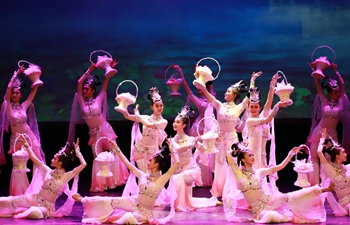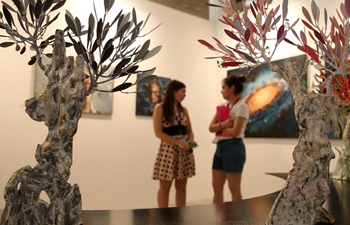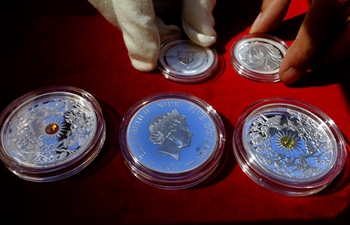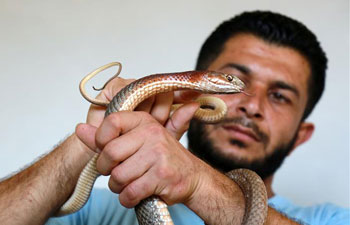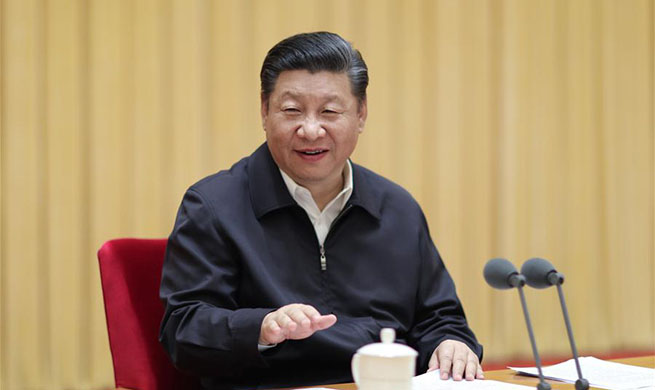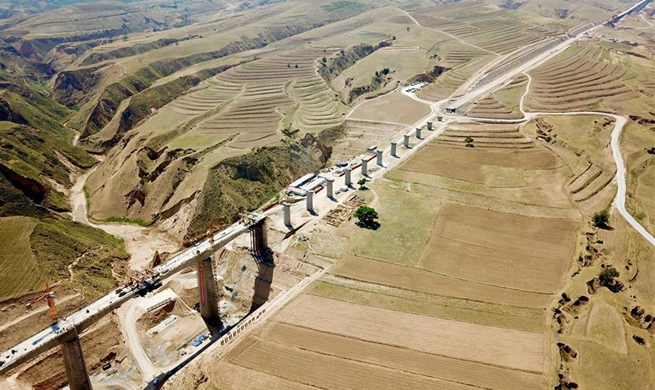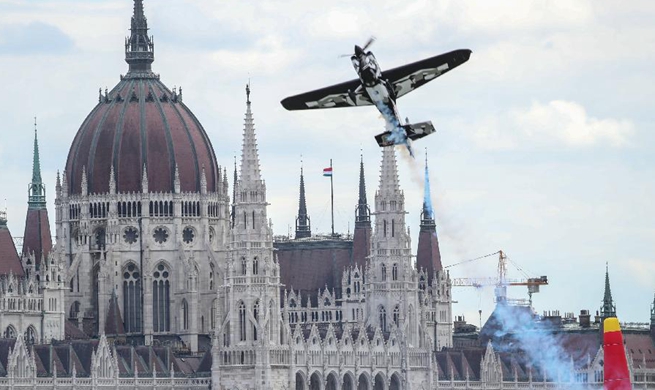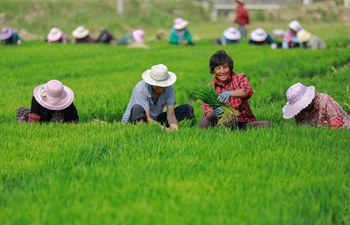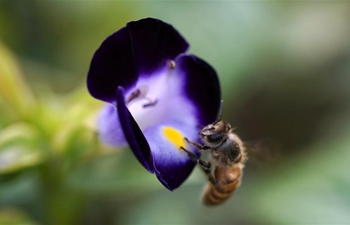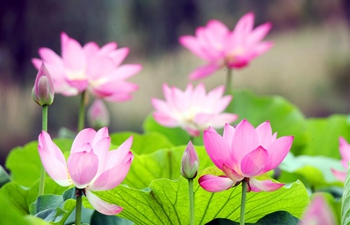by Raul Menchaca
BARACOA, Cuba, June 24 (Xinhua) -- As recently as a year ago, Cuba spent 8.5 million U.S. dollars to modernize a cocoa processing plant in Baracoa, the town is the heart of the island's chocolate industry.
But for many of the workers at the chocolate factory, which famous guerrilla fighter Ernesto Che Guevara opened in 1963, the enterprise has been a part of family life for at least two generations.
"I could do something else for a living, but this means everything to me," Jose Alexander Eugelles, who has been working there for 28 years, told Xinhua.
For Eugelles -- whose father was one of the first workers at the plant, and whose sister is employed there as well -- working at the factory is a family tradition.
The town of Baracoa is central to Cuba's chocolate making and exports, accounting for approximately 75 percent of the country's cocoa harvest. When Hurricane Matthew ripped through the island in October 2016, it devastated regional crops and nearly reduced exports by half.
The area's tropical climate, hot with plentiful rainfall, is ideal for cocoa cultivation, which lead to a thriving local industry.
Cocoa requires a complex industrial process. The cocoa seeds are first roasted at 150 degrees Celsius to release their aroma and flavor.
They are then husked, ground and pressed to extract the fat or cocoa butter. Afterwards, the compacted mixture is crushed to make cocoa powder, used to make an assortment of products at the factory.
Plant worker Orelinia Romero, 43, who heads the company's handmade chocolate department, says "cocoa and chocolate are everything to me. They have been my life's work for 20 years, the fruit of my labor."
The investment in the plant brought in Swiss and Italian technology that has doubled efficiency, raising output to 3,000 tons of cocoa a year, and consolidating Baracoa's role as the heart of Cuba's chocolate-making industry.





